Samsung HW-Q930B review: a superb soundbar package
Samsung's soundbar delivers a 9.1.4 surround experience. Is this the best soundbar for under a grand?

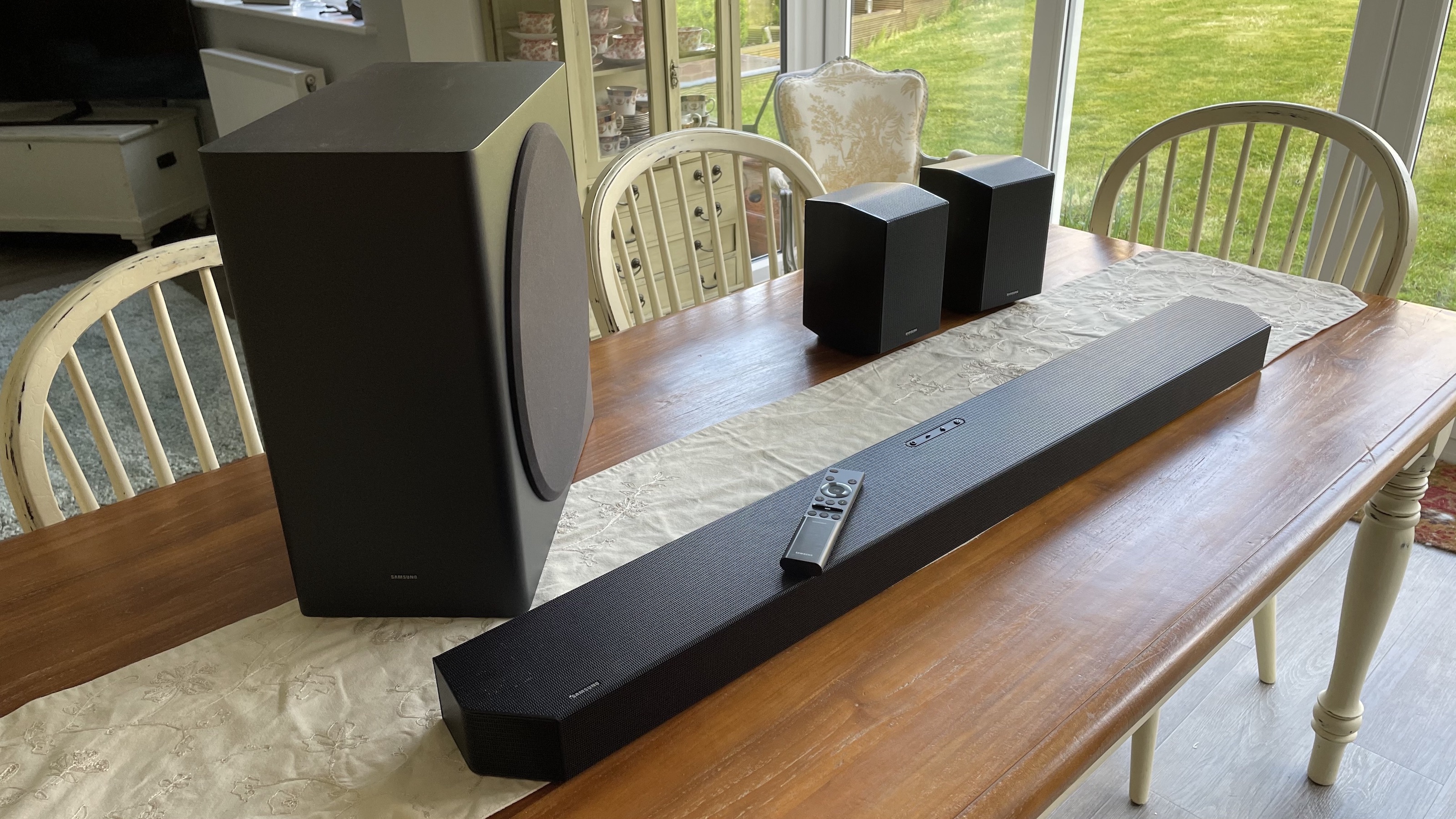
By only losing only two sound channels and a little power compared with Samsung’s Q990B flagship soundbar, the Q930B makes makes a much more convincing and unique case for itself than any of its mere soundbar-plus-sub predecessors.
-
+
Delivers the most immersive sub-£1k Dolby Atmos soundbar experience
-
+
Powerful but also nuanced and balanced sound
-
+
Expansive channel count
-
-
Expensive by general soundbar standards
-
-
Not great with music
-
-
Shrill trebles can very occasionally sound a touch harsh
Why you can trust T3

While Samsung’s best flagship soundbars have a proud heritage of consistently setting the sound quality bar (pun intended), its step-down models have traditionally met with much more qualified success. Not least because they invariably drop the rear speakers that help make flagship models such as 2022’s Samsung Q990B so special.
Samsung is out to break this trend for 2022, though, with this: the HW-Q930B. This time Samsung’s step-down soundbar adds rear speakers to a redesigned subwoofer/main soundbar package, rather than sticking with as two-piece soundbar and sub solution as we’ve seen in previous years.
So how does it hold up? We'll detail all its features, points of difference, pros and cons in this review so you can make up your mind as to whether it's the best soundbar for you.
Samsung Q930B review: Price and availability
Despite looking like much less of a step down from Samsung’s soundbar flagship than its predecessors have been, the Q930B still breaks the four-figure price barrier. Only by a solitary pound in the UK, admittedly, but still – that's a massive saving versus the Q990B. Which could translate as a substantial sum towards that new best TV.
Its £999/$1,399.99/AUD$1,795.00 price tag still puts the Q930B in a pretty premium space by soundbar standards, of course. It’s pricier, for instance, than both the well-regarded Sonos Arc, and LG’s SN11RG – the latter system with its similar soundbar, subwoofer and rear speaker system.
Take a look at our Samsung discount codes page for the latest offers.
Samsung Q930B review: Features and what's new?
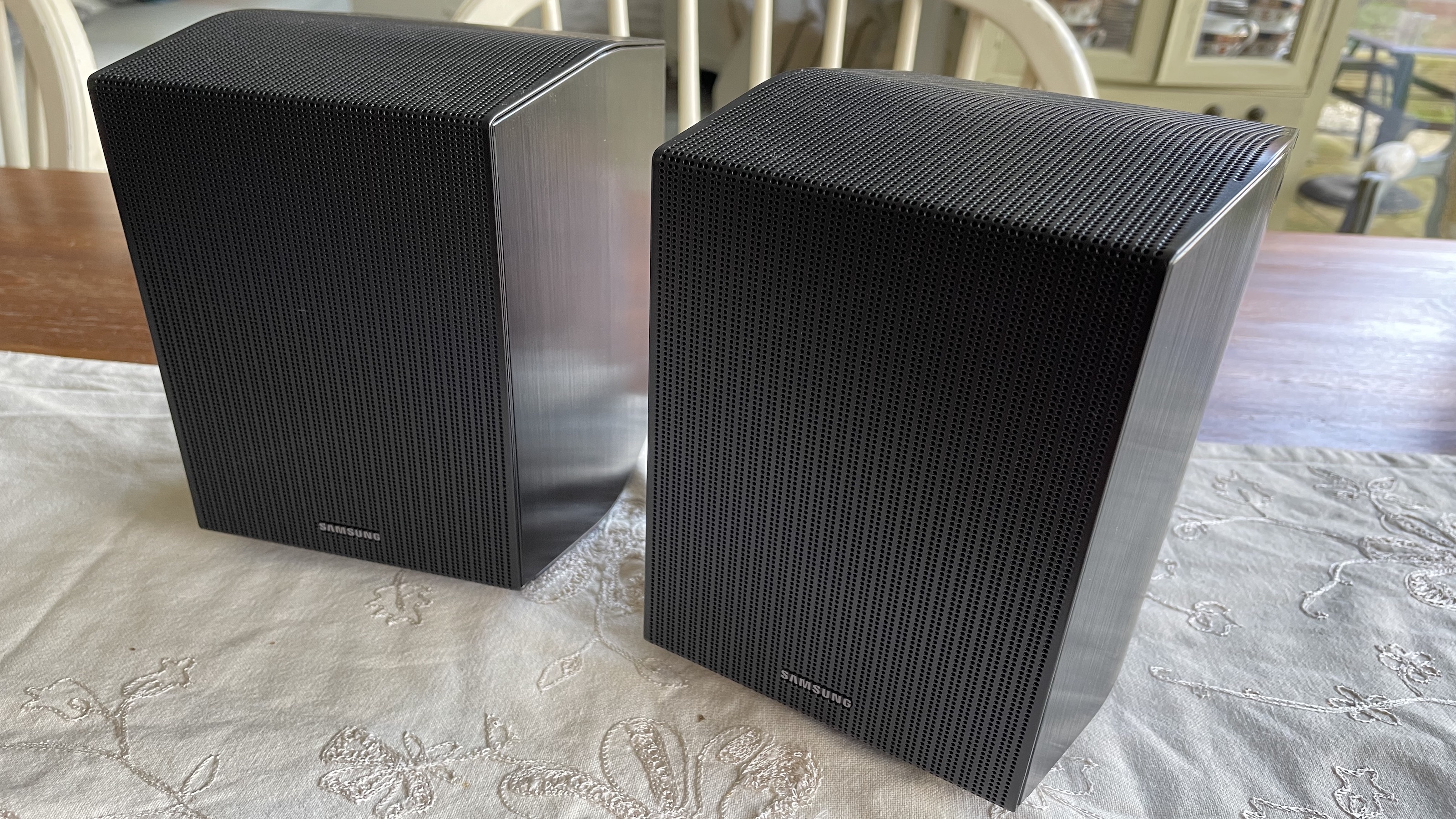
The Q930B does make a pretty good on-paper case for its price, though. Not least with its provision of a genuine 9.1.4 channels of Dolby Atmos-friendly sound, which includes a substantial wireless subwoofer and two real rather than virtual rear speakers.
Both of these rear speakers, moreover, are equipped with two separate drivers: one facing out of the rear speakers’ front edges, but also one firing up out of each rear speaker’s top edge. The upfirers are there to deliver the overhead sound effects associated with Dolby Atmos audio mixes.
Despite being slender enough to sit underneath most TV screens without obscuring any of the picture, the main soundbar manages to accommodate seven channels of sound: centre, front left, front right, front side left, front side right, and two more up-firing drivers. Based on this channel configuration, you won’t be surprised to learn that the Q930B supports Dolby Atmos and DTS:X decoding.
The Q930B’s subwoofer boasts a big 8-inch driver on its side that should be able to underpin movie soundtracks and music with significant amounts of low-frequency rumble. It doesn’t, though, get the Acoustic Lens design the Q990B carries, so we’ll have to listen out for any reduction in the Q930B’s bass control and clarity.
Having picked up on one difference with the Q990B, let’s now cover the rest. The Q930B’s 9.1.4 channel count, for starters, is a couple down on the Q990B, the latter which includes side firing drivers to its rear speakers. The Q930's main soundbar is noticeably smaller than the one you get with the Q990B too, compromising its power and reducing its speaker count from 22 to 17.
The Q930B loses the Auto EQ feature you get with the Q990B too, meaning it doesn’t automatically monitor and adjust the subwoofer’s contribution. Though happily, given how effective it is, the Q930B does retain Samsung’s Space Fit sound system, where a built-in mic detects the acoustic qualities of your room and tweaks the soundbar’s output accordingly.
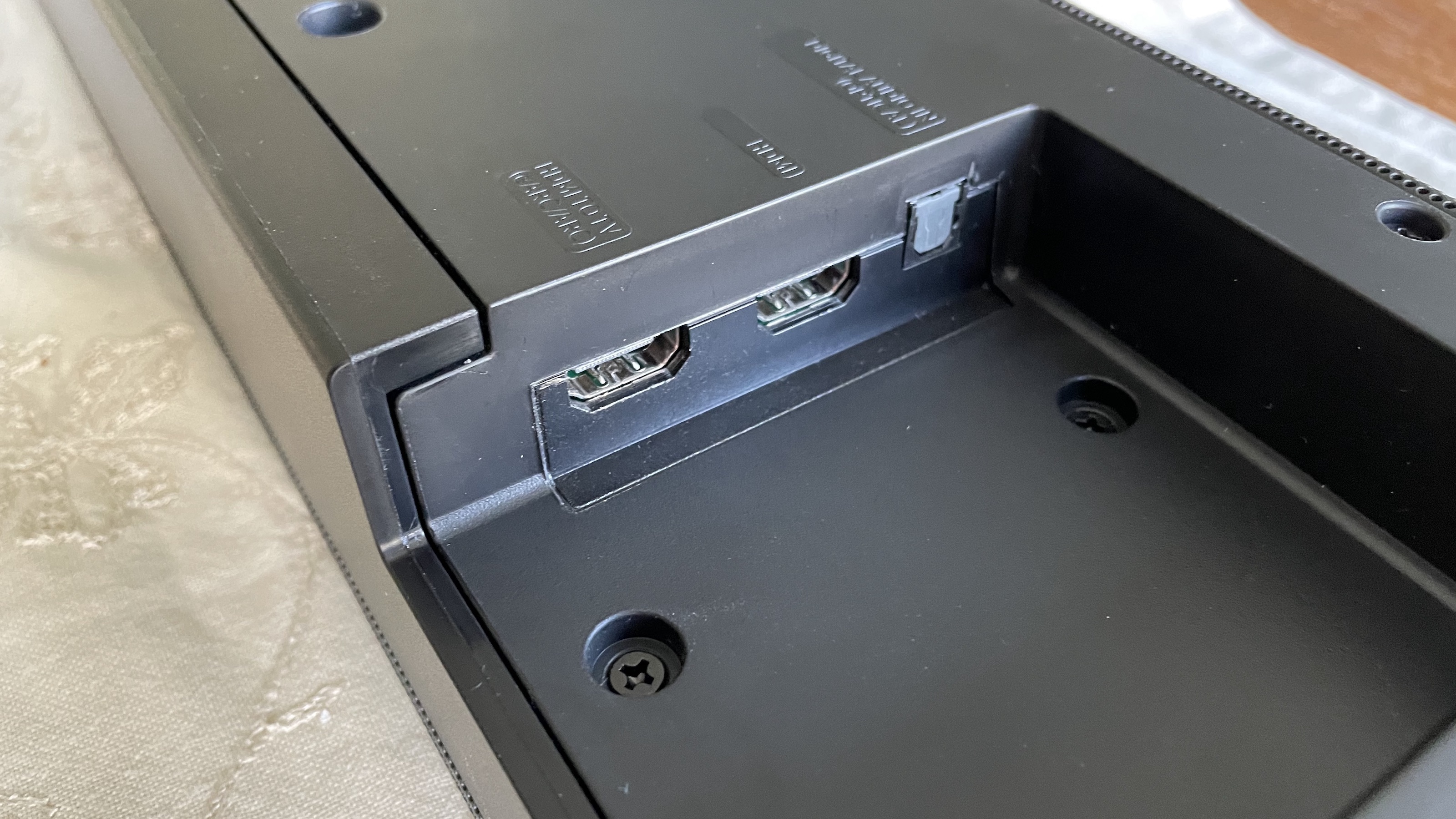
The Q930B loses an HDMI input versus the Q990B, reducing connectivity to a single HDMI input, plus an HDMI output (that also supports HDMI’s eARC feature for receiving sound from compatible TVs), and an optical digital audio input.
While dropping down to one HDMI input is a pity, there are plenty of soundbar rivals that don’t offer HDMI loopthrough at all, leaving you having to depend on the sometimes laggy ARC system for your main audio input.
The HDMI loopthrough supports the HDR10+ and Dolby Vision HDR formats as well as 4K resolution at frame rates of up to 60Hz. There’s no support for the 4K/120Hz or variable refresh rate (VRR) features now delivered by the PS5, Xbox Series X or highish-end PCs, but the same is true of almost all other current soundbars too.
Ironically Samsung’s premium TVs do feature 4K/120 and VRR support, but don’t support the Dolby Vision HDR format. It’s hardly unusual, though, for different arms of a big electronics brand’s business to seemingly not be communicating with each other.
The Q930B is equipped with built-in Wi-Fi and Bluetooth, as you would expect, and even lets you connect recent Samsung Galaxy phones to it just by tapping them against the soundbar’s bodywork. The wireless capabilities have been extended, too, for 2022 to include wireless Dolby Atmos streaming from compatible Samsung TVs. Note, though, that the wireless Atmos system supports the compressed DD+ version of Dolby Atmos rather than the ‘lossless’ True HD version of Dolby Atmos you can get via eARC or the HDMI loopthrough.
The Q930B’s playback compatibility includes Airplay 2 and Hi-Res Audio files (including those available via a Spotify Hi-Fi subscription). And don’t forget, of course, that you can now get Dolby Atmos music from the likes of Tidal, Amazon and Apple Music that can take advantage of all the channels the Q930B has to offer.
That said, as usual with Samsung, the Q930B carries preset options capable of ‘upconverting’ non-Atmos sound sources, including stereo music, to spread across the whole speaker system.
One last trick of the Q930B you might be interested in if you own a recent Samsung TV is Q Symphony, where the soundbar is able to intelligently pair its speakers with those of the TV to provide a bigger soundstage.
Samsung Q930B review: Design and usability
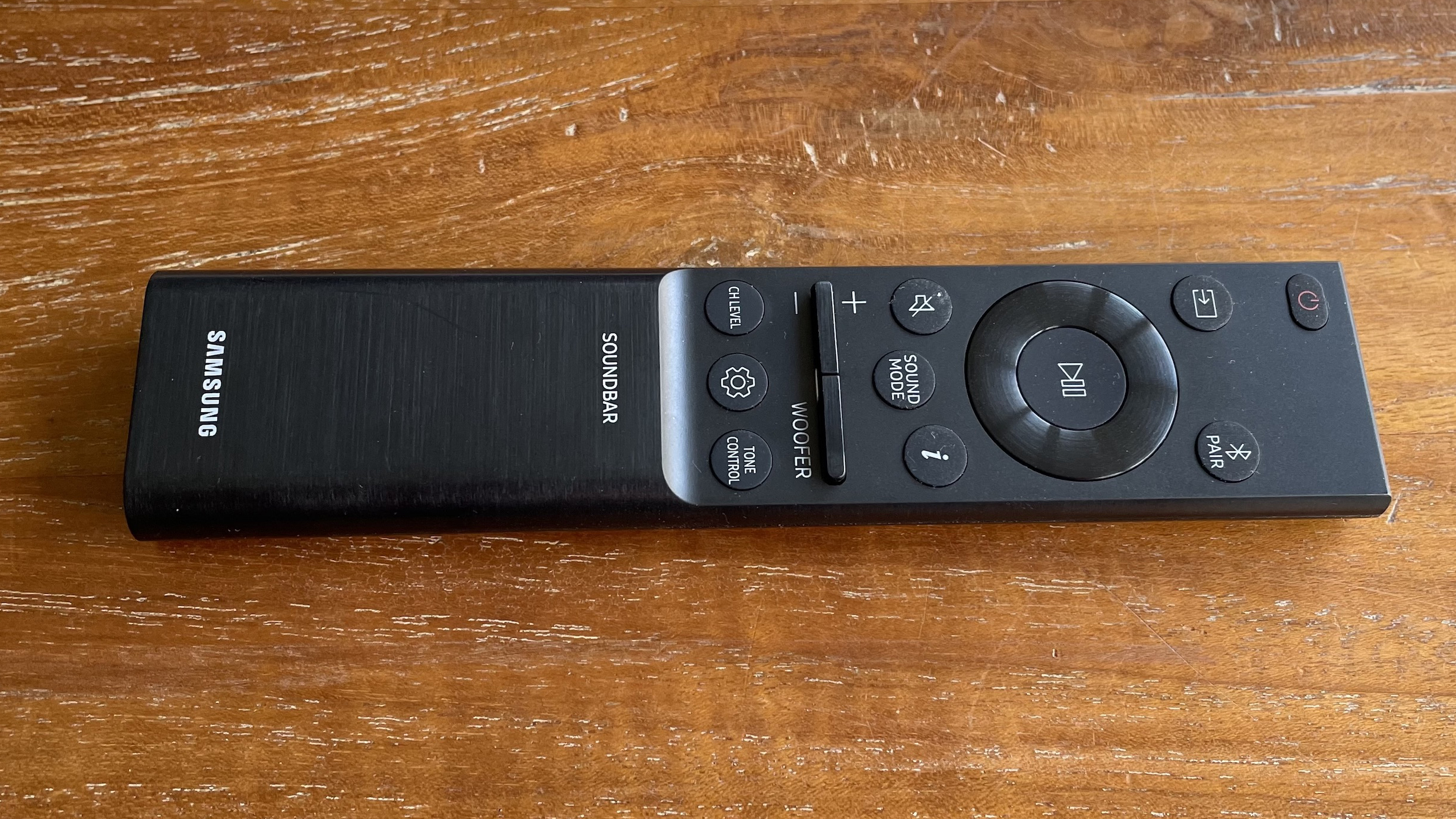
The Q930B sees Samsung stepping back from the felt finish over its drivers that we’ve seen for the past couple of years, returning instead to a metallic grille finish. Having now experienced the long-term dust attracting qualities of the felt approach, we welcome this move back to metal.
Also welcome is the surprising switch to a smaller main soundbar than you get with the Q990B. While this was presumably chiefly done to enable the Q930B to be significantly cheaper than the Q990B while offering a much higher channel count than Samsung’s previous step-down subwoofers, it also makes the Q930B less impactful on your decor and potentially a more comfortable fit under your TV screen.
The rear speakers enjoy the same grilled finish as the main soundbar, and look quite cute with their angled top edge and small pedestal feet.
The subwoofer isn’t much of a looker with its chunky black wooden bodywork and large felt drive cover. But the beauty of subwoofers is that their sound is non-directional, and so you can hide them away behind your sofa or under a sideboard.
The Q930B is extremely easy to use. As soon as you’ve plugged in all of its components and switched the system on all the speakers automatically sync together, with no manual input required.
The remote control is attractively designed and features a stripped back layout that keeps buttons to a sensible minimum. The main soundbar does its bit to help out, too, by sporting a readout on its front panel informing you about which input you’re watching, volume levels, selected sound mode, and which audio format is being received. Mercifully Samsung has abandoned its bizarre previous policy of putting this readout on the soundbar’s top edge, where you couldn’t see it while seated.
The last thing to add here is that you can control the soundbar via Samsung’s reasonably friendly SmartThings app, which is available for iOS and Android devices.
Samsung Q930B review: Sound quality
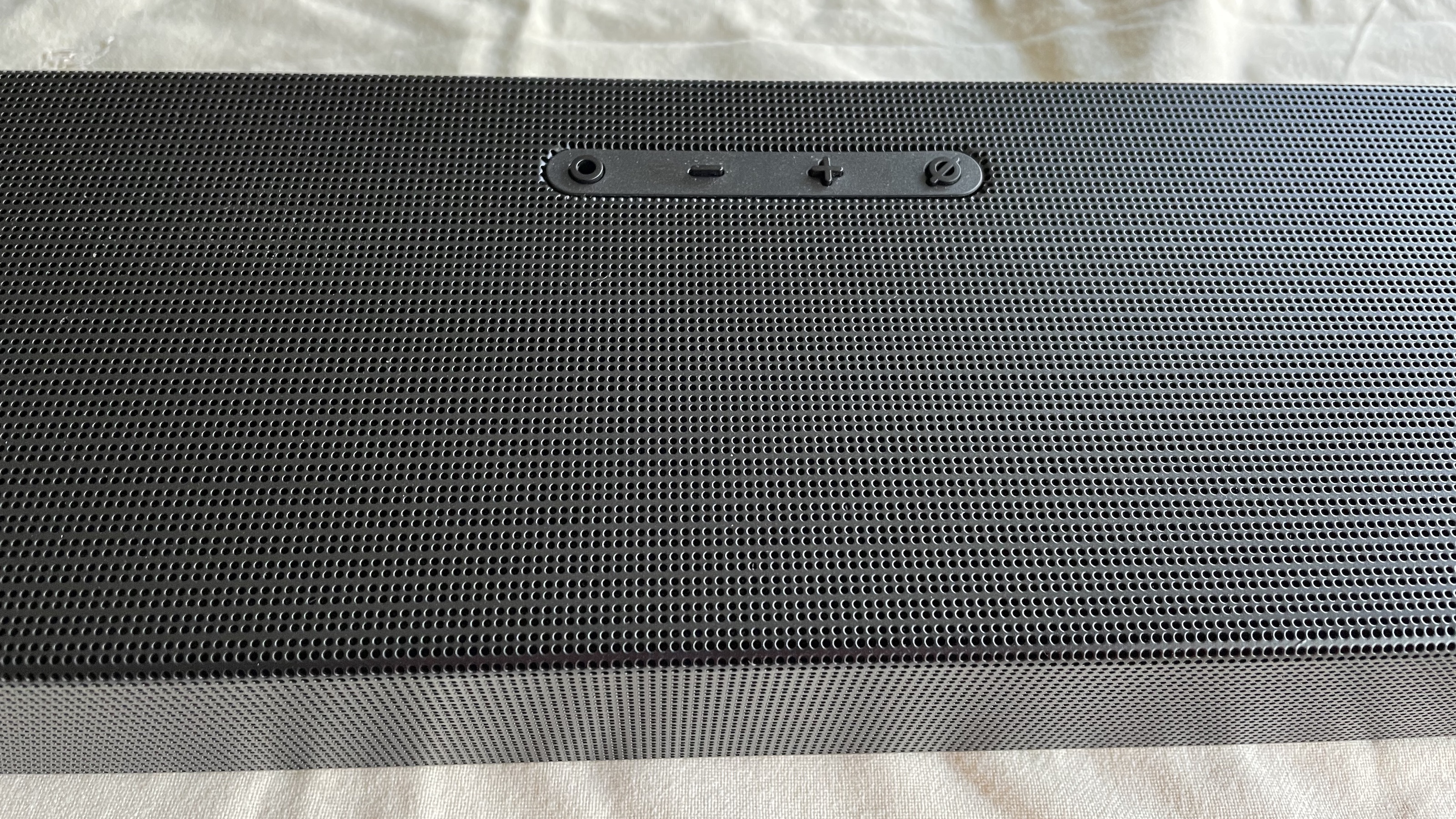
The Q930B instantly outguns any of its equivalent predecessors by producing a full ‘bubble’ of sound with Dolby Atmos and DTS:X soundtracks. The new included rear speakers mean that the soundstage no longer comes to a grinding halt to the side of you as it did with the two-component systems we’ve become accustomed to getting with Samsung’s ‘second rung’ soundbars.
What’s particularly impressive about the new rear channel sound is that it isn’t just horizontal; the up-firing drivers built into the rear speakers’ generate an audible vertical element as well. This sense of sound coming from above the back of your head joins the sound coming from the overhead speakers in the main soundbar, too, to produce a startlingly complete three-dimensional space around your seating position. This full audio hemisphere effect is a key feature of any really strong Dolby Atmos or DTS:X experience, and the difference it makes to the Q930B’s immersive qualities is profound.
It’s not just the addition of rear speakers that makes the Q930B far and away Samsung’s best sub-four-figure soundbar to date, though. Also key is the way Samsung has actually designed the Q930B seemingly from scratch to be a unified, balanced system, rather than just cobbling together disparate elements from various parts of its soundbar range.
So while the main soundbar may be smaller than the one you get with the Q990B, its sound actually seems to harmonise and blend brilliantly with the also specially designed rears. This results in a more even, consistent, balanced and generally refined sound stage that you can truly get lost in, rather than some aspects of the system drawing too much attention to themselves by being either over- or under-powered.
Vocals in a movie mix sound both clean and well contextualised, and the soundbar seems to gently lift them vertically so that they sound like they’re coming from the onscreen action.
Bass, meanwhile, can hit impressive and sustained depths that add plenty of cinematic weight to action scenes, and despite not enjoying the top-tier Q990B’s Acoustic Lens design even the deepest movie rumbles are delivered without distortion or bagginess.
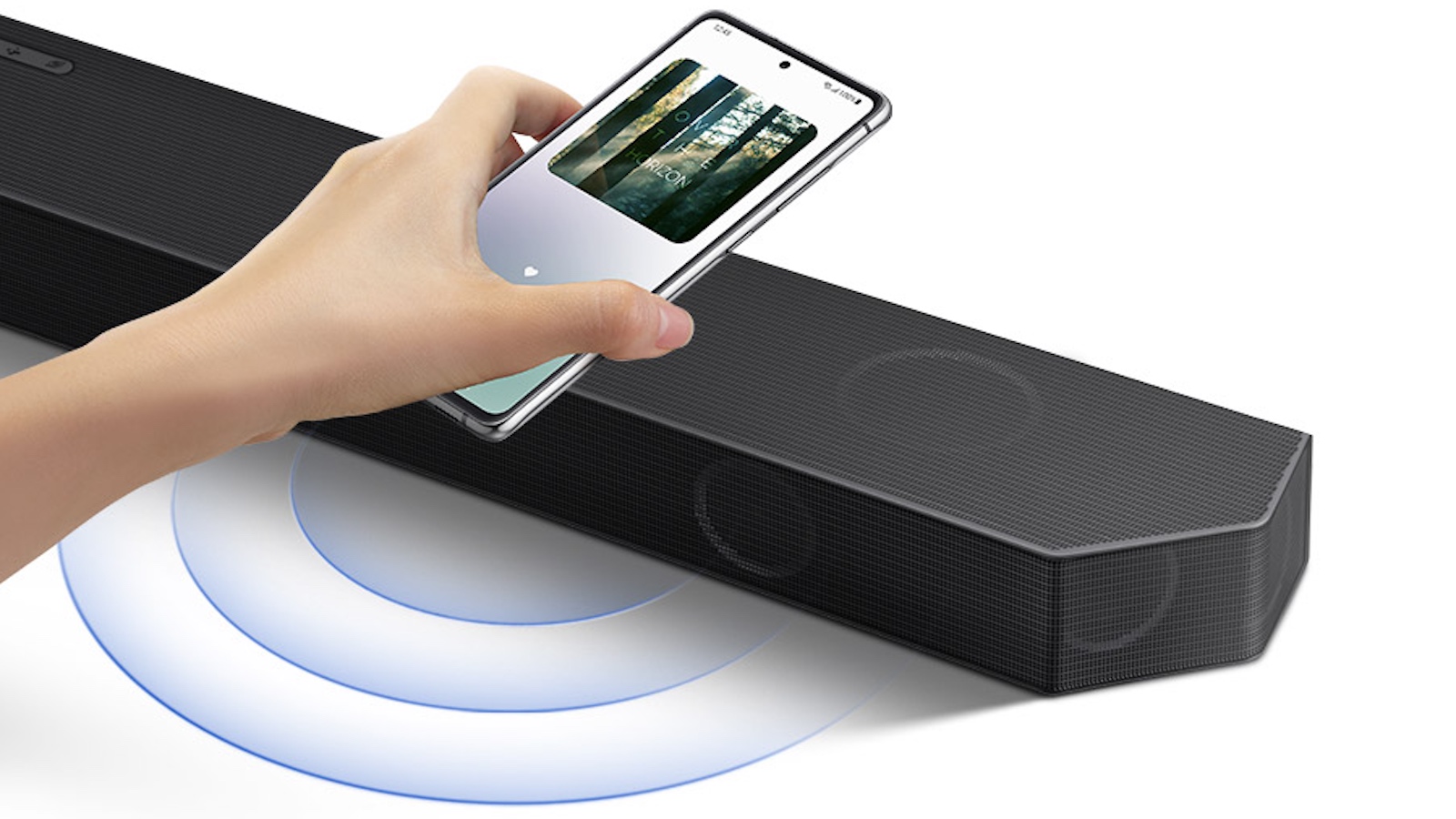
The dynamic range of the main soundbar is wide enough to tether its sound nicely to the subwoofer’s low frequencies, and in combination with the system’s impressive amounts of raw power is able to scale the soundstage up when required better than any other soundbar in its class.
The Q930B isn’t just about plenty of noise and three-dimensional sound staging, though. It also, crucially, has the channel steering capability and sensitivity to bring its soundstage to life with outstanding amounts of subtle and precisely positioned detailing.
Running the Q930B against its bigger Q990B brother inevitably reveals a few limitations in the cheaper model. It isn’t as brutally powerful, for one thing, meaning it can’t go as loud without sounding strained, and doesn’t deliver hard impact sounds with as much force and pressure.
There’s a slightly narrower feel to the rear channel sound than you get with the Q990B, too, due to the lack of side-firing drivers in the Q930B’s rear speakers.
The subwoofer isn’t quite as refined and nimble as the Q990B’s Acoustic Lens design either. It also has to do more heavy lifting to compensate for the reduced low-frequency support from the soundbar, which can leave peak trebles just occasionally sounding a little exposed.
Listening to the soundbar at very high volumes feels a bit more tiring than listening to the Q990B ever does, too, and finally while the Q930B is an outstanding home cinema performer, with many types of music the previously impressively disciplined subwoofer suddenly goes rogue, routinely drawing too much attention to itself to let you lose yourself in what you’re listening to.
The Adaptive sound mode that can remix stereo to use all of the Q930B’s many channels is clever, and works quite well for relatively spartan types of music. But it again struggles to integrate the subwoofer into its results as well as the same mode on the Q990B does, presumably thanks to the Q930B’s lack of Auto EQ and Acoustic lens technologies.
Samsung Q930B review: Verdict
Samsung’s decision to go back to the drawing board with the Q930B has paid off handsomely. Slightly reducing the size and power of the main soundbar in order to include rear speakers without making the package more expensive makes the Q930B a much more satisfying, immersive and all-round impressive proposition than any step-down Samsung soundbar we’ve heard before.
In fact, while it’s not ideal for music, for home cinema fans it’s the most immersive sub-four-figure soundbar we’ve ever heard. That's quite the statement when the top-tier Q990B was so impressive, but the savings to make here will be best matched for most people looking for an epic surround system with little compromise.
Also consider
If you've got a really big screen and want to step things up a notch then the best soundbar on the market right now is Samsung's Q990B instead. It's bigger, bolder, more focused, and adds two channels too. It costs a fair whack more, too, but that's what you need to pay to get best of best.
If you don't have the space for a full package of soundbar plus sub plus speakers then you could look to the slightly cheaper Sonos Arc to solve your soundbar needs instead. It's great with movies and music, looks super under any TV, and the single box solution does a good job with delivering pseudo-surround.
Sign up to the T3 newsletter for smarter living straight to your inbox
Get all the latest news, reviews, deals and buying guides on gorgeous tech, home and active products from the T3 experts
John Archer has been testing TVs and AV gear for over 25 years, having worked on Home Cinema Choice magazine. He's a contributor to Forbes, TechRadar, Trusted Reviews, Wired and many more places – if you've owned a TV in the last couple of decades, John's probably reviewed it somewhere. He's seen so many hot new technologies come and go, like tears in the rain.
-
 A new age of humanity wins the Sony World Photography Awards 2025
A new age of humanity wins the Sony World Photography Awards 2025Zed Nelson's Anthropocene Illusion highlights the influence of humans on the environment and the artificial spaces left for wildlife in a powerful set of images to win this year's SWPA Photographer of the Year
By Mat Gallagher Published
-
 How to watch Mario Kart World Direct – everything you need to know about the Switch 2 launch game
How to watch Mario Kart World Direct – everything you need to know about the Switch 2 launch gameNintendo will host a new Nintendo Direct presentation this week, here's how to watch it live and what to expect
By Rik Henderson Published
-
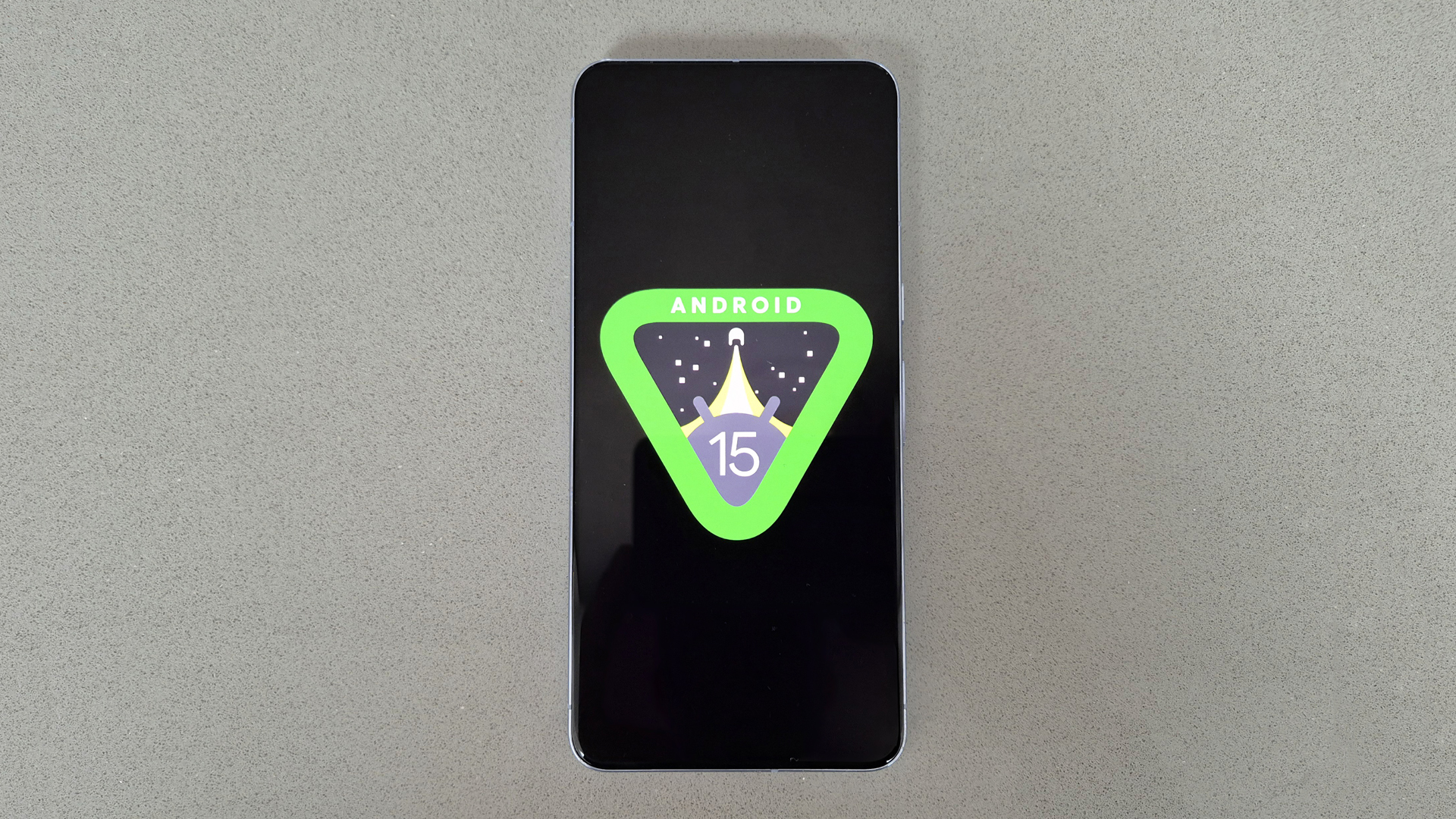 Google delivers bad news for budget Android phones
Google delivers bad news for budget Android phonesCheaper Android phones might need to change to meet new Google rules
By Chris Hall Published